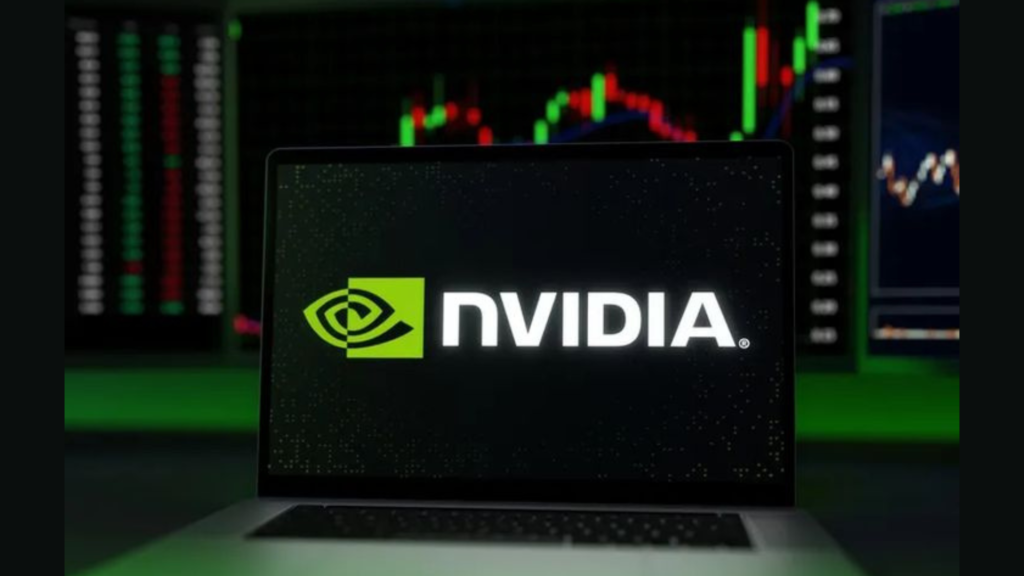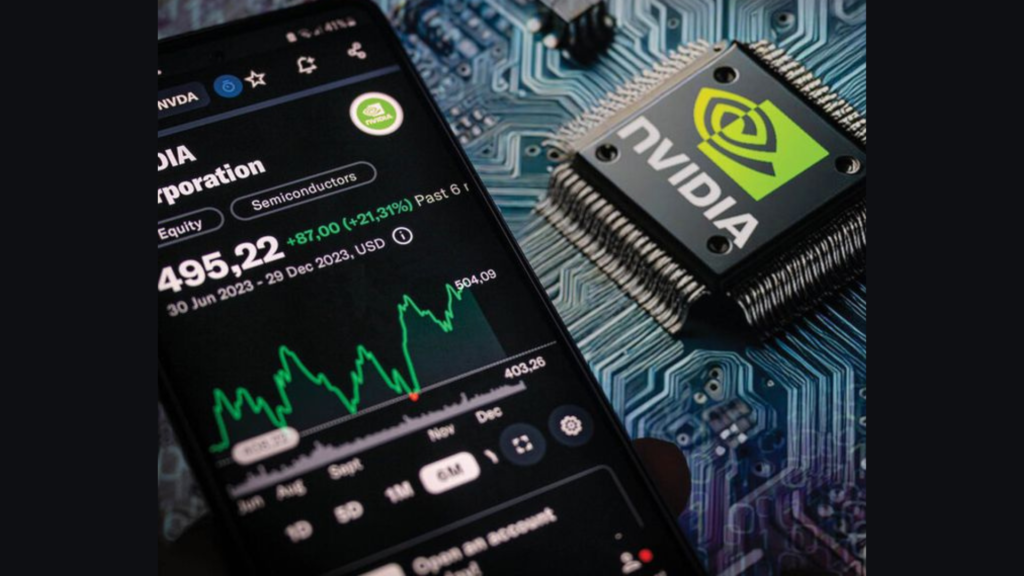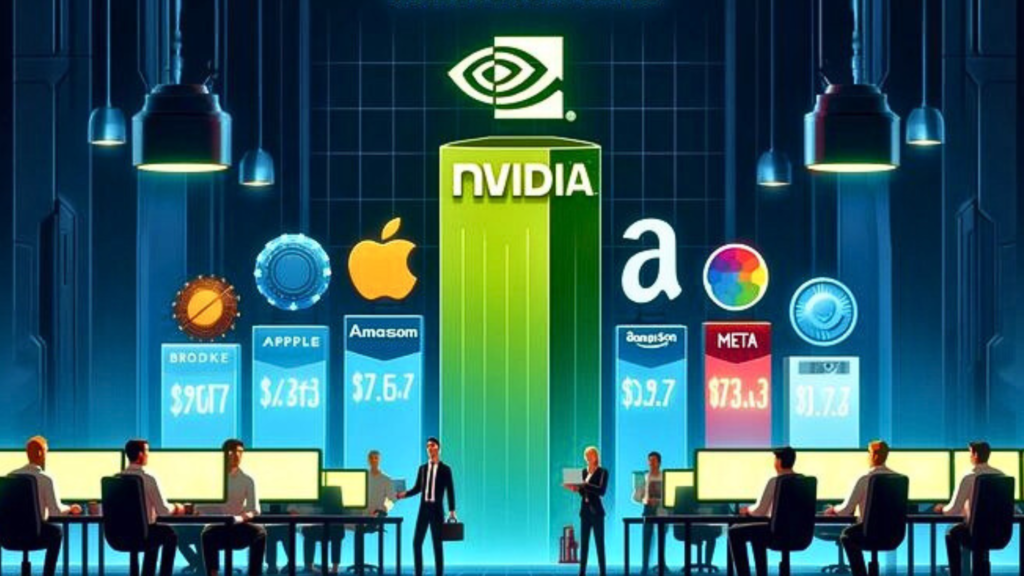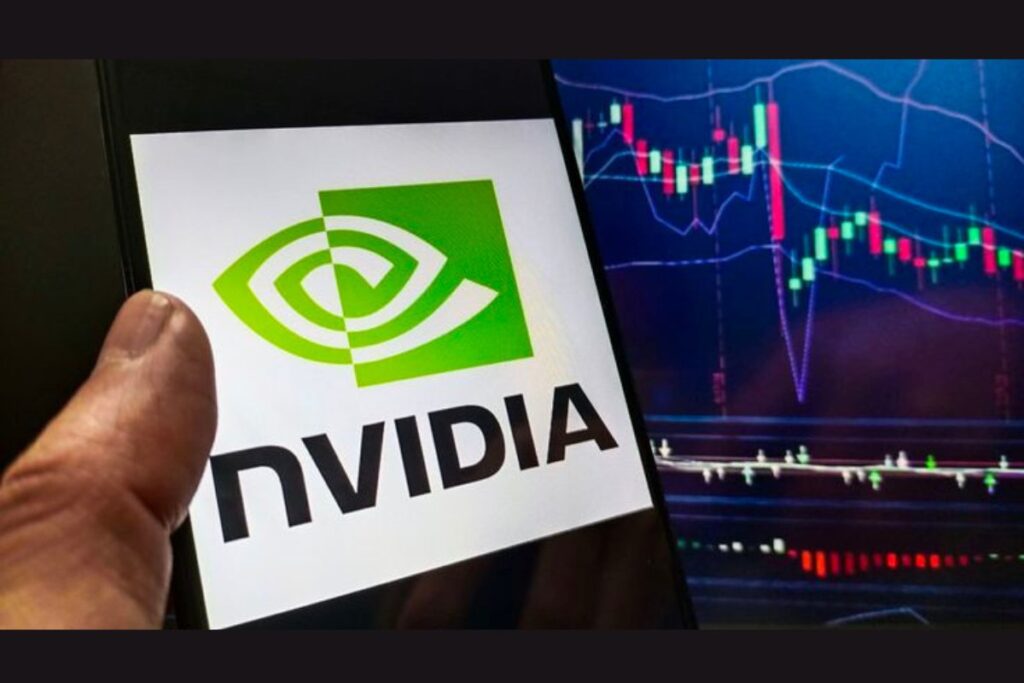Nvidia has recently reported an exceptional surge in its revenue, with a 122% growth year-over-year, primarily driven by the rapidly increasing demand for its data center chips. This astounding rise in Nvidia’s revenue highlights the company’s dominant semiconductor industry position and critical role in facilitating the next generation of cloud computing infrastructure and artificial intelligence (AI).
As the world shifts towards data-driven technologies, Nvidia’s ability to meet and exceed market expectations positions it at the forefront of the tech industry’s evolution.
The Factor Responsible for Nvidia’s Revenue Growth
The key to Nvidia’s revenue growth is its strategic focus on data center chips, which are becoming increasingly essential as corporations, governments, and organizations worldwide invest heavily in artificial intelligence (AI) and cloud computing.
These chips are designed to manage the immense computational demands of AI workloads, making them indispensable for companies that depend on machine learning, big data analytics, and other advanced technologies.

Nvidia’s sale of AI chips alone does not account for all of the sales that led to its revenue growth. Nvidia revealed that the company’s networking products generated $3.7 billion in revenue.
The recent surge in demand for Nvidia’s data center products is not a sudden development but the result of years of innovation and strategic investments. Nvidia’s ability to maintain a competitive edge in terms of performance and efficiency has made its chips the preferred choice for companies looking to leverage the power of AI.
What Is the Revenue Growth of Nvidia Data Centers?
The Nvidia data center business has become its crown jewel, significantly boosting its overall revenue growth. Data center chips were a significant factor in Nvidia’s 122% year-over-year revenue growth in the most recent quarter.
This growth shows the significance of data center solutions in the modern tech landscape, where cloud computing and AI drive great demand for high-performance hardware.

Nvidia’s revenue for the fiscal second quarter of the year amounted to $30.04 billion and earnings per share of 68 cents, compared to the LSEG consensus estimate of $28.7 billion and 64 cents per share. As more businesses invest in AI-driven technology, Nvidia’s revenue from data center business is expected to increase.
The company’s GPUs (Graphics Processing Units), initially designed for gaming, have discovered a new and profitable application in data centers. These units accelerate AI training and inference processes.
ALSO READ: Delta Airlines Report $380 Million Revenue Loss Due to Chaos Following CrowdStrike Outage
What Is Nvidia’s Annual Revenue?
Over the years, Nvidia’s annual revenue has increased significantly, demonstrating its expanding influence in the tech industry. According to StreetAccount, Nvidia anticipates about $32.5 billion in current-quarter revenue, as opposed to the $31.7 billion analysts had predicted. That would be an 80% rise from the previous year, 2023.
Nvidia’s revenue continues to soar, rising 122% annually during the quarter. This follows three consecutive quarters of growth above 200% year over year. Net income more than doubled from $6.18 billion, or 25 cents per share, in the same period last year to $16.6 billion, or 67 cents per share, in the current quarter.

Nvidia’s revenue in 2024 shows its remarkable growth in the data center market, which is predicted to drive the company to surpass its previous records for the fiscal year 2024. While the company’s 2023 annual revenue was already impressive, 2024 looks to be another record-breaking year due to the increasing demand for its products.
Nvidia has been able to sustain a consistent revenue growth rate thanks to its diverse portfolio, which includes devices for gaming, automotive, and professional visualization, as well as data center chips. However, the data center segment is currently driving the most significant portion of this growth.
What Is the Growth Rate of NVDA Revenue?
The Nvidia revenue growth rate is astounding. In the most recent quarter, Nvidia’s quarterly earnings beat many of its rivals in the semiconductor industry with a 122% year-over-year increase. This rapid growth rate is a testament to the company’s ability to innovate and adapt to the tech industry’s changing needs.
Nvidia has been the primary beneficiary of the ongoing boom in artificial intelligence. The company’s shares are up more than 150% this year after surging at an almost 240% growth rate in 2023. Its market cap recently surpassed $3 trillion, and Nvidia was briefly the most valuable public company in the world, though it is now second to Apple.

The source of Nvidia’s profit in the data center segment includes its AI processors, which climbed 154% from a year earlier to $26.3 billion, accounting for 88% of total sales. It also exceeded StreetAccount’s projection of $25.24 billion. It is expected that the Nvidia growth rate will continue to remain strong as demand for data center chips continues to rise.
The company’s leadership in AI and its commitment to advancing the capabilities of its GPUs are critical drivers of its growth. As more industries adopt AI technologies, the demand for Nvidia’s products will likely increase, sustaining the company’s remarkable growth rate.
ALSO READ: Citigroup Smashes Second-Quarter Expectations in Both Profit and Revenue
The Impact of Nvidia Quarterly Earnings
Nvidia’s quarterly earnings have consistently exceeded market expectations, reflecting its strong performance across all its business segments. In the most recent quarter, Nvidia reported a significant increase in revenue, driven by strong demand for its data center chips. This positive earnings report has boosted investor confidence, which has led to the rise in Nvidia’s stock price.

The company’s ability to deliver strong quarterly earnings is crucial to its long-term success. Nvidia has developed a reputation as a dependable and successful business, which attracts investors by continuously exceeding expectations. This has given the company the money it needs to keep investing in new technology and growing its market share.
You Might Also Like:
Euro Zone Inflation Drops to 3-Year Low of 2.2%, Supporting Case for September Rate Cut
California City Pushes Back Against Electric Vehicles by Reducing Number of Chargers
20,000 AT&T Workers Quit, Demanding Fair Contracts
Kohl’s Focuses on Cost Controls and Leaner Inventories to Boost Profit Targets

